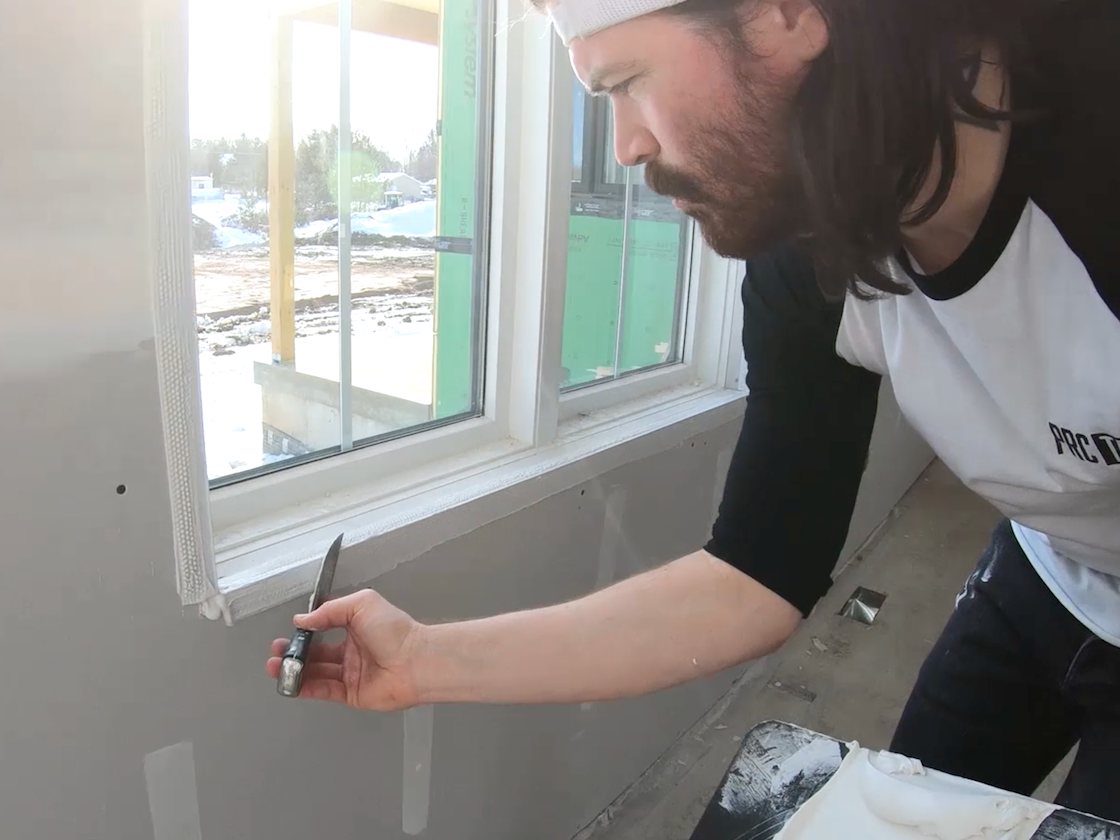Joint compound, also known as drywall mud, is a gypsum-based material used to fill and smooth the seams between drywall sheets. It is also utilized to cover imperfections like nail holes or screws to create an even finish.
Whether you're tackling a quick repair or finishing an entire room, choosing the right joint compound is key to achieving professional-looking results. By understanding the different types of joint compounds and their properties, you can make an informed decision based on your project's specific requirements.
Types of Joint Compounds
Each type of joint compound has its own characteristics and advantages. The four main types include:
Dry Joint Compounds: Dry joint compounds come in powder form and require mixing with water before use. They offer a customizable consistency and extended working time, making them ideal for larger projects or when a specific texture is desired. They also have a longer shelf life than pre-mixed options.
Pre-Mixed Joint Compounds: Pre-mixed joint compounds are ready to use right out of the container, saving time and effort when mixing. They come in various formulations, including all-purpose, lightweight and topping compounds, each designed for specific stages of the drywall finishing process. Pre-mixed compounds are convenient for smaller projects or when consistency is a priority.
All-Purpose Compound: As the name suggests, this versatile compound is suitable for all phases of drywall finishing, from embedding joint tape to final coats. It balances ease of use and durability, making it a popular choice for professionals and DIY enthusiasts.
Lightweight Compound: Designed to reduce user fatigue, lightweight compounds are easier to apply and sand than their all-purpose counterparts. They are ideal for second and third coats and larger areas that require extensive filling and smoothing.
Setting Compound: Also known as hot mud, setting compounds are fast-drying and harden through a chemical reaction rather than evaporation. They come in various setting times (20, 45, 90 and 120 minutes) and are perfect for quick repairs, filling deep voids or when working in cold, damp conditions.
Topping Compound: This fine-grained, easy-to-sand compound is designed for final coats, delivering an ultra-smooth finish ready for priming and painting. It should not be used for embedding joint tape or for the first coat, as it lacks the necessary adhesion and strength.

